Illustration photo. Photo: Internet
Compared to April 24, 2025, coffee prices suddenly increased again with an increase of about 1,100 VND/kg in most provinces and cities. Pepper also recorded a strong increase after many sessions of price stagnation, with an increase ranging from 1,500 - 2,000 VND/kg compared to yesterday.
Previously, on April 24 and 23, 2025, coffee prices continuously decreased slightly while pepper prices remained at a high level. On April 22, 2025, pepper prices turned to decrease slightly while coffee prices remained stable.
Coffee pops up impressively
At 5:00 a.m. on April 25, 2025, at the London floor, Robusta coffee prices continued to increase compared to the previous session, with an adjustment of 58 - 78 USD/ton, bringing the price to between 5,150 - 5,411 USD/ton. Of which, the contract for delivery in May 2025 was closed at 5,387 USD/ton, July 2025 reached 5,427 USD/ton, September 2025 recorded 5,369 USD/ton and November 2025 reached 5,300 USD/ton.
In the New York market, the price of Arabica coffee in the early morning of April 25 also increased sharply again, increasing from 10.55 - 13.05 cents/lb, fluctuating between 360.25 - 399.80 cents/lb. More specifically, the July 2025 futures were traded at 398.80 cents/lb; September 2025 reached 391.30 cents/lb; December 2025 was 381.85 cents/lb and March 2026 was 374.75 cents/lb.
According to the closing session, the price of Brazilian Arabica coffee fluctuated slightly between delivery terms, within the range of 467.00 - 525.25 USD/ton. Specifically, the contract for May 2025 reached 517.00 USD/ton; July 2025 was 478.00 USD/ton; September 2025 was 476.00 USD/ton and December 2025 was 467.00 USD/ton.
Domestic coffee prices continue to rise
At 5:00 a.m. this morning, April 25, 2025, coffee prices in the Central Highlands region increased sharply by about 1,100 VND/kg compared to the previous day, bringing the average purchase price to 130,400 VND/kg.
In each locality, the price of coffee in Dak Lak was recorded at 130,500 VND/kg, while in Lam Dong it was at 130,000 VND/kg. In Gia Lai, coffee was purchased at 130,400 VND/kg and Dak Nong had the same price as Dak Lak at 130,500 VND/kg.
The new EU Deforestation Regulation (EUDR), climate change and traceability requirements are putting great pressure on agricultural exporting countries, especially Vietnam. With production mainly undertaken by small-scale farmers, Vietnam is struggling to comply with the strict regulations of the EUDR.
According to Mr. Nguyen Quoc Manh - Deputy Director of the Department of Crop Production and Plant Protection, the lack of consistency in the forest mapping system between provinces is a major barrier to determining areas eligible for export. In addition, the cost of certifying each small area is also very expensive.
In addition, about 15-20% of coffee growing areas in Vietnam still do not have land use rights certificates, making it difficult to prove legality as required by the European market. These are considered major obstacles that the coffee industry needs to overcome to maintain its export position.
Pepper prices increase unexpectedly
At 5:00 a.m. on April 25, 2025, the domestic pepper market suddenly increased sharply after a long period of flat prices, with an increase of 1,500 - 2,000 VND/kg compared to the previous session. The average purchase price is currently around 156,300 VND/kg in key areas.
In Gia Lai province, pepper price increased by 1,500 VND/kg, currently being purchased at 155,500 VND/kg.
Ba Ria - Vung Tau area also witnessed a strong increase again with 2,000 VND/kg, bringing the price to 156,000 VND/kg.
In Binh Phuoc, pepper prices also increased sharply by VND 2,000/kg, currently reaching VND 156,000/kg.
Pepper purchasing prices in Dak Nong and Dak Lak increased by 2,000 VND/kg after many sessions of no change, now reaching 157,000 VND/kg.
World pepper prices fluctuate in opposite directions.
According to data from the International Pepper Community (IPC) at 5:00 a.m. on April 25, 2025, the global pepper market is showing a slight downward trend. In particular, pepper in Indonesia continues to decline, while Malaysia has changed from stable to sharp decline with a decrease of 200 - 300 USD/ton. Other countries recorded stable prices.
In Indonesia, Lampung black pepper price is currently at 7,102 USD/ton; while Muntok white pepper is being sold at 9,612 USD/ton.
In Malaysia, after many days of sideways movement, ASTA black pepper price is currently trading at 9,300 USD/ton and ASTA white pepper at 11,900 USD/ton.
Meanwhile, Brazilian pepper prices remained unchanged from the previous session, staying at $6,900/ton.
In the Vietnamese market, pepper export prices remain stable after a recent increase. The price of 500g/l black pepper is currently offered at USD 6,800/ton, 550g/l at USD 6,900/ton and white pepper remains at USD 9,800/ton.
The increase in domestic pepper prices is mainly due to the scarcity of supply after the harvest and the farmers' psychology of hoarding goods waiting for higher prices. Meanwhile, the world market is still anchored at a good price, creating leverage for domestic growth.
If import demand from major regions such as the Middle East and Europe increases in the second quarter, domestic pepper prices may continue to rise. Regions with high pepper quality such as Dak Lak and Dak Nong are expected to have many advantages during this period.
The US is still Vietnam’s largest pepper export market, accounting for about 25% of total export turnover and 77% of pepper export volume. However, the 10% import tax rate that the US is applying is causing considerable pressure. Some importers have stopped purchasing, creating competition for Brazil and Indonesia – where the tax rate is lower.
Vietnam is also facing the risk of being subject to a reciprocal tax of up to 46% on pepper, causing growers to tend to stockpile goods in anticipation of higher prices, making supply even more scarce.
Mr. Ngo Ba Luong, Manager of the Southern pepper material area of Son Ha Spices Company, said: "Most of the company's pepper is exported to the US and Europe."
However, farmers storing pepper in substandard sacks or tarpaulins can lead to pepper being contaminated with sudan red - an industrial dye banned from use in food.
To support the people, some businesses have lent temporary pepper warehouses and are trying to export goods under old contracts before the new tax rate is issued. Many foreign partners are also speeding up the process of receiving goods within the remaining 90 days.
Mr. Luong added that the company is still trying to adapt and hopes that negotiations between Vietnam and international partners will soon have positive results. In the meantime, the parties are still in contact to find solutions to ensure that the supply chain is not interrupted.
Lan Le
Source: https://doanhnghiepvn.vn/kinh-te/gia-nong-san-ngay-25-4-ca-phe-ho-tieu-dong-loat-tang-vot-sau-nhieu-phien-chung-lai/20250425095742070


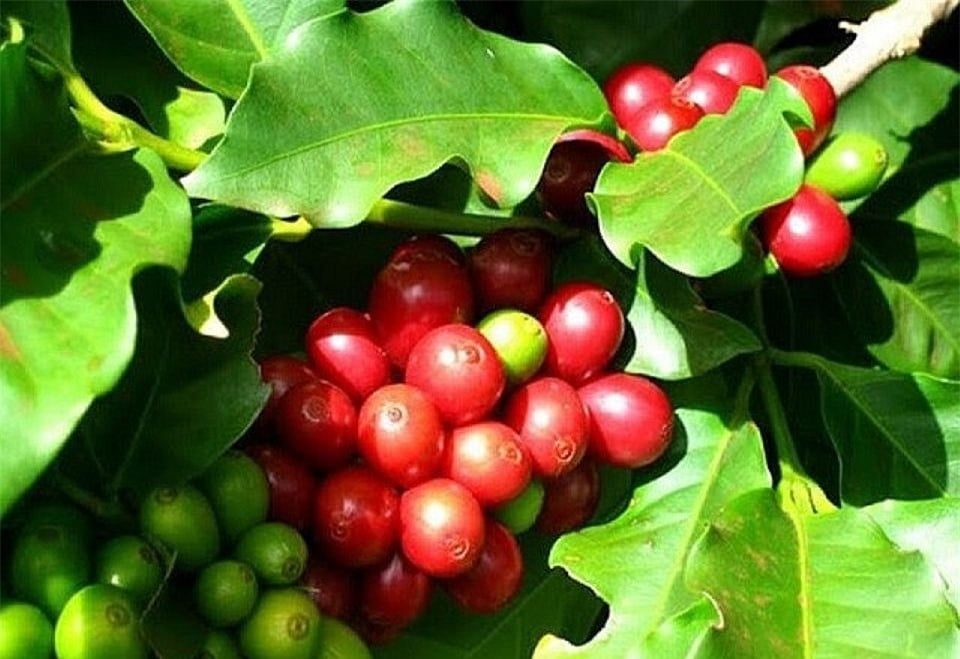









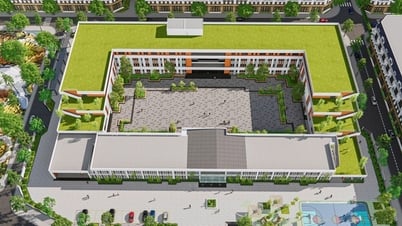




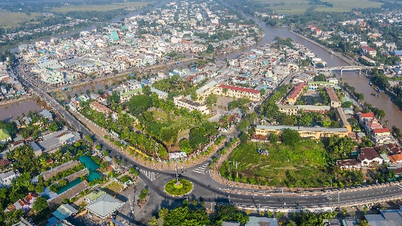





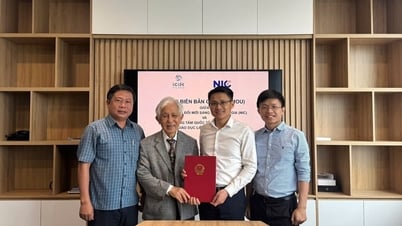
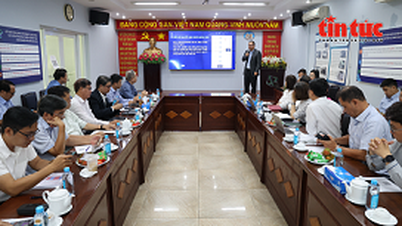


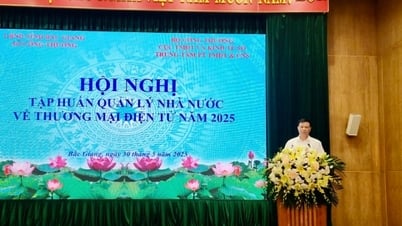




































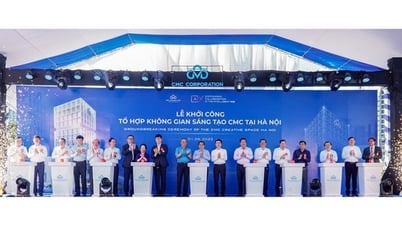













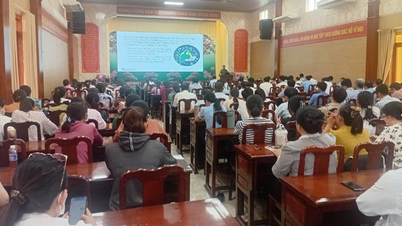


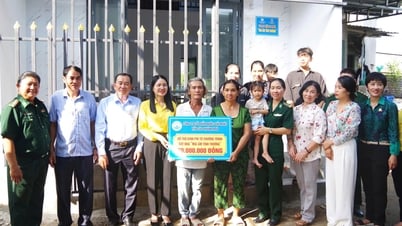















Comment (0)